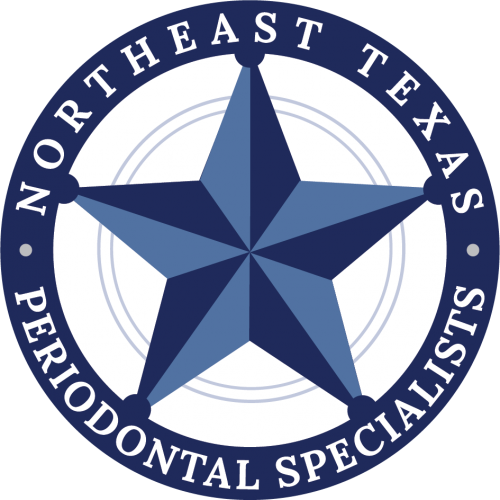How Long Does It Take Gum Grafting to Heal?
Gum grafting is a surgical procedure used to repair receding gums and protect exposed tooth roots. It is a common treatment for patients with advanced gum disease or thinning gum tissue, and while it is not considered a major surgery, it does involve a healing period.
Knowing what to expect after the procedure—and understanding the full timeline for complete healing—can help patients plan ahead and recover with confidence.
The Typical Healing Timeline
The initial recovery from gum grafting takes about one to two weeks. During this time, the gums are in their most delicate state. Swelling, tenderness, and mild bleeding are common during the first few days. Most people return to work or normal daily activities within two to three days, though they may need to modify their eating habits and oral care routines during that time.
By the end of the first week, the discomfort usually begins to fade. Any soreness from the donor site, such as the roof of the mouth, also tends to improve around this point. If sutures were used, they may dissolve on their own, or the dentist may schedule a follow-up appointment to remove them. Most patients notice that the graft site begins to blend with the surrounding tissue within 10 to 14 days.
Although the early recovery phase is relatively brief, complete healing takes longer. On average, it takes about four to eight weeks for the gum tissue to fully integrate and stabilize. During this time, the graft strengthens its connection to the surrounding gums and begins to look more natural. Patients are advised to avoid brushing directly on the graft site, eating hard or crunchy foods, or applying pressure to the area until their dentist confirms that the tissue has fully healed.
Success Factors
Several factors can influence how long healing takes. Maintaining good oral hygiene during healing is critical. Dentists often prescribe antimicrobial rinses to reduce the risk of infection, and patients are instructed not to brush or floss near the graft site until told it is safe. Eating soft foods, avoiding extreme temperatures, and getting plenty of rest will also support the healing process. Even after the gums feel better, they may remain sensitive to certain stimuli for several weeks.
Overall health, too, plays a vital role in the healing process. Healthy patients who follow their dentist’s post-operative instructions carefully tend to recover more quickly and with fewer setbacks. On the other hand, patients who smoke, have poorly controlled diabetes, or take medications that affect healing may experience a longer recovery period. The presence of ongoing gum disease or poor oral hygiene can also slow healing and increase the risk of complications.
While healing can vary slightly from person to person, most patients can expect to see stable, fully healed results by the end of two months. The final appearance of the grafted area may continue to refine itself for several additional weeks, especially in cases where cosmetic contouring is part of the treatment plan. Regular follow-up visits allow the dentist to monitor healing progress and adjust care instructions if needed.

